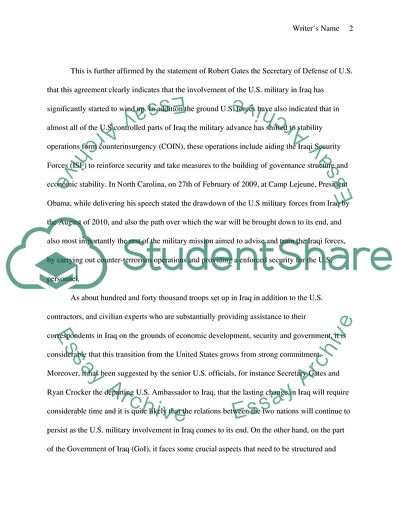Cite this document
(Operation Iraqi Freedom Article Example | Topics and Well Written Essays - 2250 words, n.d.)
Operation Iraqi Freedom Article Example | Topics and Well Written Essays - 2250 words. https://studentshare.org/politics/1727191-oif
Operation Iraqi Freedom Article Example | Topics and Well Written Essays - 2250 words. https://studentshare.org/politics/1727191-oif
(Operation Iraqi Freedom Article Example | Topics and Well Written Essays - 2250 Words)
Operation Iraqi Freedom Article Example | Topics and Well Written Essays - 2250 Words. https://studentshare.org/politics/1727191-oif.
Operation Iraqi Freedom Article Example | Topics and Well Written Essays - 2250 Words. https://studentshare.org/politics/1727191-oif.
“Operation Iraqi Freedom Article Example | Topics and Well Written Essays - 2250 Words”. https://studentshare.org/politics/1727191-oif.


